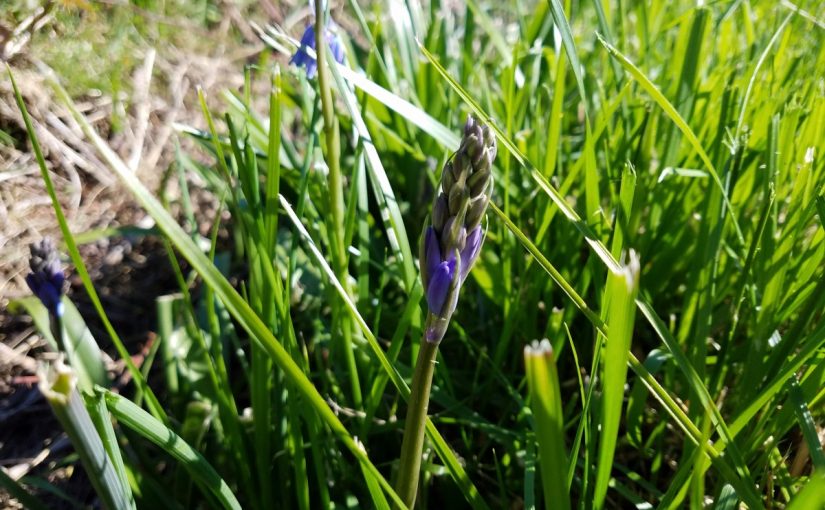Next to salmon, camas, of the Camassia species, was the most traded food before the settlement of the Pacific Northwest by Europeans.[1] Camas bulbs were dug in the summer or spring and then either-pit roasted or boiled for up to two full days – this process would convert inulin present in the camas bulb into fructose.[2] Before the introduction of sugar, camas was used to sweeten and enhance other foods. Could camas be further reintroduced into modern cuisine as a local sweetener?
Camas was is distributed throughout the American West, from southwest Alberta, Montana, Wyoming, California, and British Columbia.[3] Many towns and regions carry the name of camas, such as Camas County in Idaho, the city of Camas and Lacamas Creek in Washington State, and Camas Valley, Oregon. One of the largest prairies in the region is at Joint-Base Lewis McChord in central-western Washington. Whilst driving pass the base, one can see hundreds of Garry Oak trees (Quercus garryana), a species that is in common association with camas prairies.
[1] Gunther, E. 1945, rev. 1973. Ethnobotany of western Washington. University of Washington Publications in Anthropology 10(1). University of Washington Press, Seattle, Washington.
[2] https://plants.usda.gov/plantguide/pdf/cs_caqub2.pdf
[3] https://plants.usda.gov/plantguide/pdf/cs_caqub2.pdf
